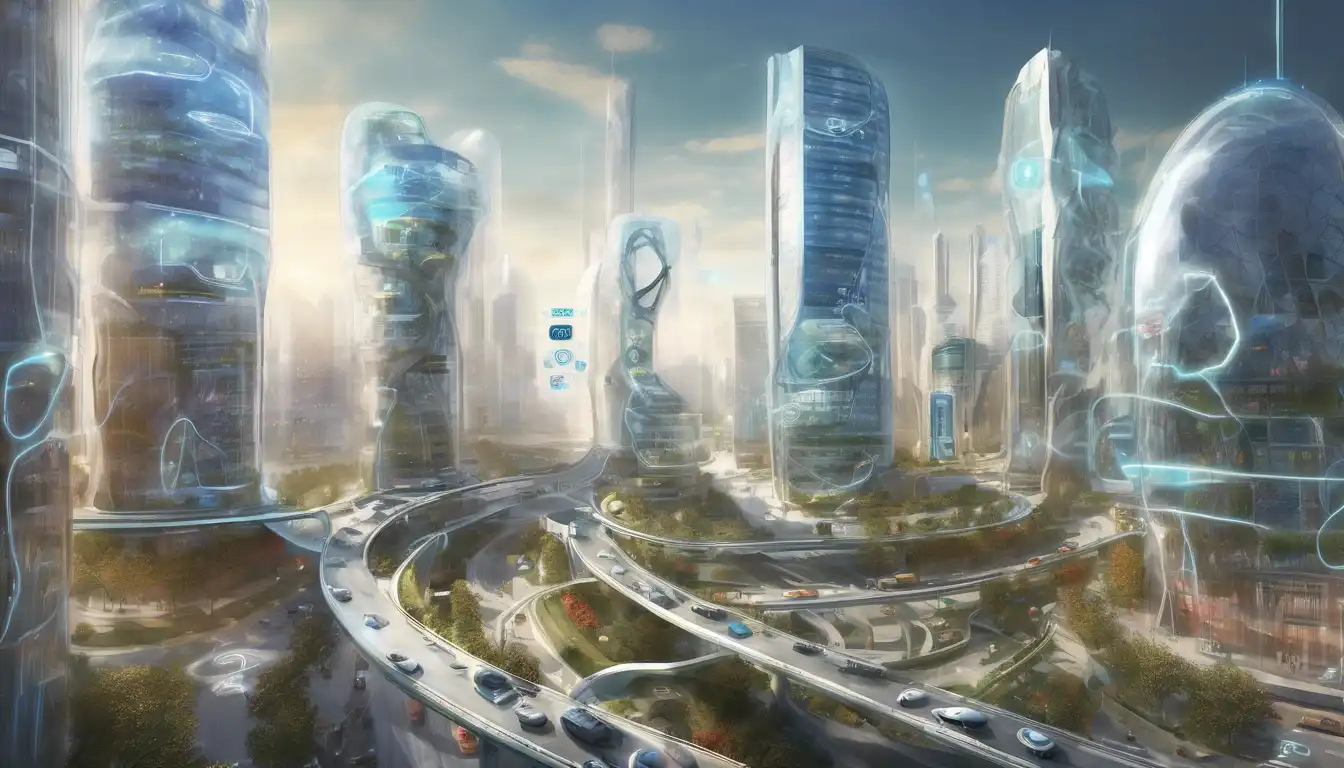The Role of IoT in Shaping Smart Cities
The Internet of Things (IoT) is revolutionizing the way we live, work, and interact with our urban environments. By connecting devices, sensors, and systems across cities, IoT is enabling smarter, more efficient, and sustainable urban living. This article delves into the transformative potential of IoT in the development of smart cities, highlighting key benefits, challenges, and future prospects.
Key Benefits of IoT in Smart Cities
IoT technology offers numerous advantages for smart cities, including:
- Enhanced Efficiency: IoT devices can optimize traffic flow, reduce energy consumption, and improve waste management, leading to more efficient city operations.
- Improved Public Safety: From smart surveillance to emergency response systems, IoT enhances safety and security for residents.
- Sustainability: IoT supports environmental monitoring and green initiatives, helping cities reduce their carbon footprint.
- Better Quality of Life: Smart healthcare, education, and transportation systems contribute to a higher standard of living for citizens.
Challenges Facing IoT Implementation
Despite its potential, the integration of IoT into smart cities is not without challenges. These include:
- Privacy and Security: The vast amount of data collected raises concerns about privacy breaches and cyberattacks.
- High Costs: The initial investment for IoT infrastructure can be prohibitive for some cities.
- Interoperability: Ensuring different devices and systems can communicate seamlessly is a significant hurdle.
- Public Acceptance: Gaining the trust and buy-in of citizens is crucial for the success of IoT projects.
Future Prospects of IoT in Smart Cities
The future of IoT in smart cities is bright, with advancements in technology paving the way for more innovative applications. Emerging trends include the use of AI and machine learning to analyze data for better decision-making, the expansion of 5G networks to support faster and more reliable connections, and the development of smart grids for more efficient energy use. As cities continue to grow, IoT will play a pivotal role in ensuring they are sustainable, resilient, and inclusive.
Conclusion
The integration of IoT into smart cities represents a significant leap forward in urban development. By addressing the challenges and leveraging the opportunities, cities can harness the power of IoT to improve the lives of their citizens and create a more sustainable future. The journey towards fully realized smart cities is complex, but with continued innovation and collaboration, the possibilities are endless.
